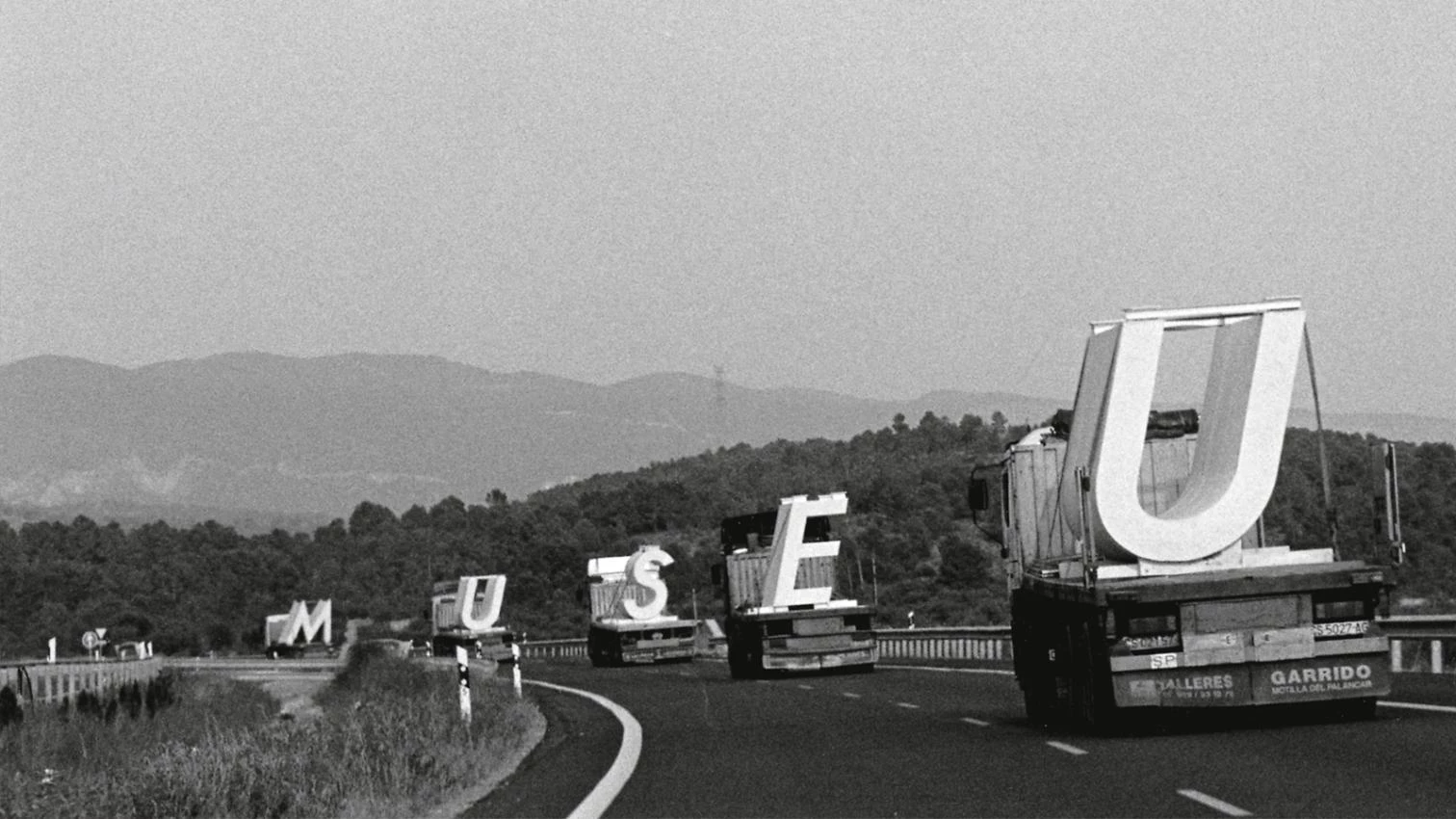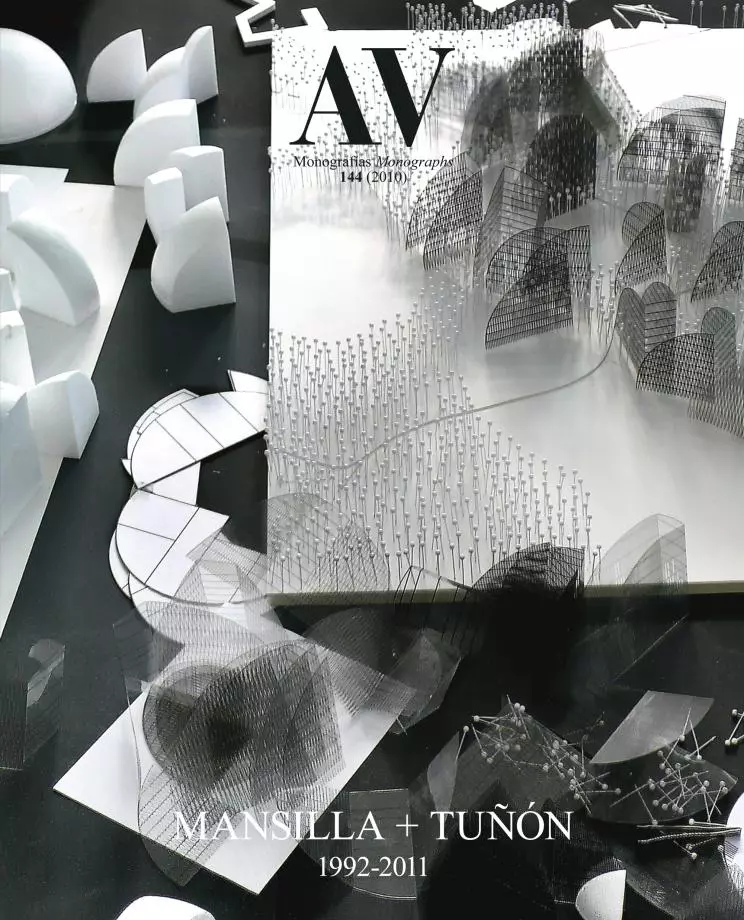The Friction of Context, from Zamora to Venice

Modernity has been a universal passion. All modern poets have chased after that magnetic and elusive figure that fascinates them. Baudelaire was the first. He was also the first to touch her and discover that she is nothing but time that crumbles in one’s hands.” These are words from ‘In Search of the Present’, the lecture given by Octavio Paz on 8 September 1990 when he received the Nobel Prize in Literature. Evidently, modernity hasn’t only been a passion for poets. Among those who have felt and feel this passion deeply are architects, who have needed many more years than Baudelaire to find out that modernity is nothing but “time that crumbles in one’s hands”. Observing the production of the best contemporary architects provides instances, voluntary or not, of this fact. The work of two architects like Luis Moreno Mansilla and Emilio Tuñón delivers a good example of how this fleeting quality of time is a challenge rather than fate one must yield to. Let’s take their first work, the Provincial Museum of Zamora, which impressed the more seasoned critics in 1996, and one of their most recent projects, the M9 Museum in Mestre (Venice) of 2010. In the former, the structure is set out as a closed volume inserted in a void of the urban fabric. The location of the site, in Santa Lucía square, one level below the higher area of the city, has endowed the building with a peculiar feature: the main ‘view’ offered to those coming from the plaza of the Cathedral, higher up, is that of its roof, formed by a geometric pattern of skylights that defines the building’s arrangement. In the project for Mestre, Mansilla & Tuñón have adopted an entirely different strategy. Within an anonymous urban fabric they have inserted a group of glass cylinders with no specific features because the proximity of the vertical volumes, similar to one another, suppresses their individuality. With no facade, the volume displays its arbitrary condition reproducing the ironic arbitrariness of the model they originate in – if it may be expressed in this way, because in this case we should rather talk about a split – taking on the appearance of an evanescent frame. These are the extremes of the oeuvre of two architects whose career has been filled with fortunate opportunities that they have managed to make the most of. A career that shows how the dogmas of modernity slip through their fingers, because that is what the nature of modernity implies when the meaning assigned to it is closer to tradition than to doctrine or canon. “We pursue modernity in her incessant metamorphoses yet we never manage to trap her. She always escapes: each encounter ends in flight. We embrace her and she disappears immediately: it was just a little air. It is the instant, that bird that is everywhere and nowhere”, said Paz with words that could sum up what Mansilla & Tuñón have written in “Conversations in a low voice”, on the pages of Circo, the technical bulletin they produce (with Luis Rojo) since 1993, dealing with whatever sparks their curiosity and clarifying the objectives of their work as architects.





